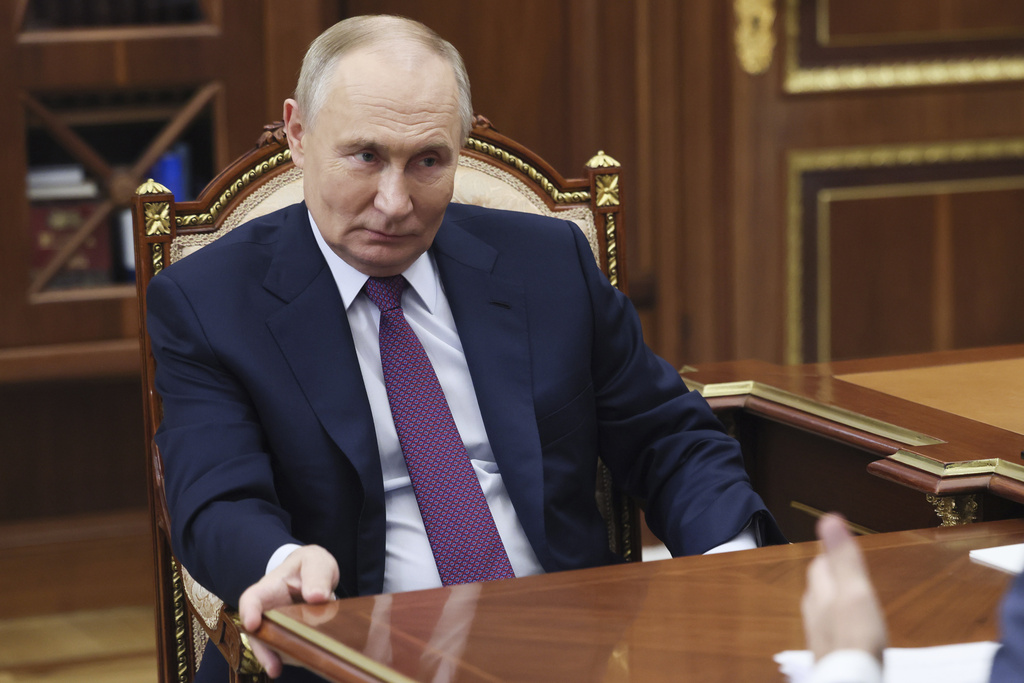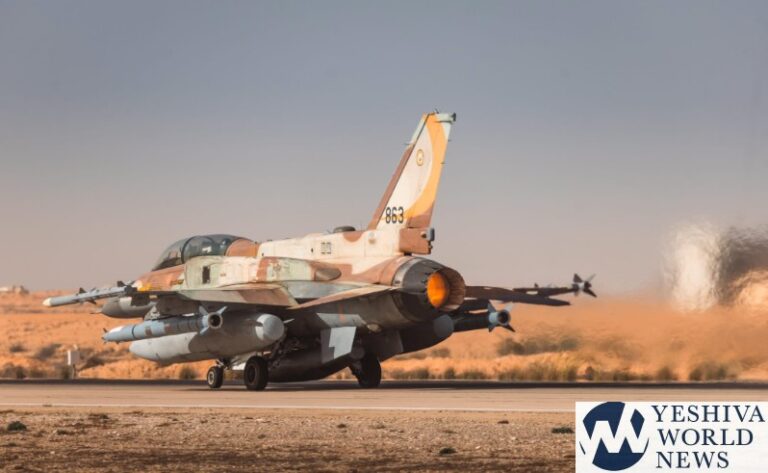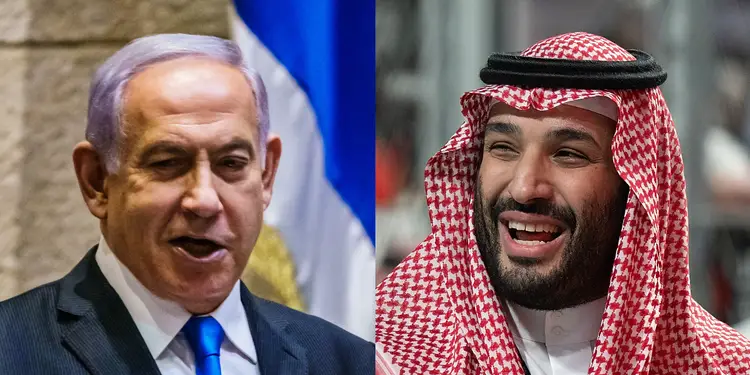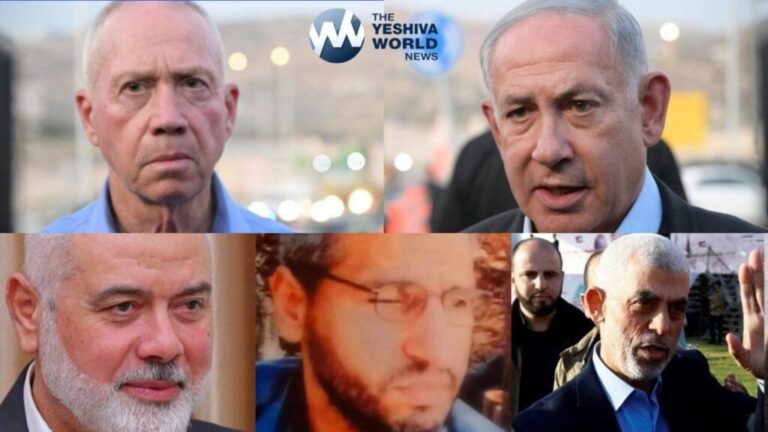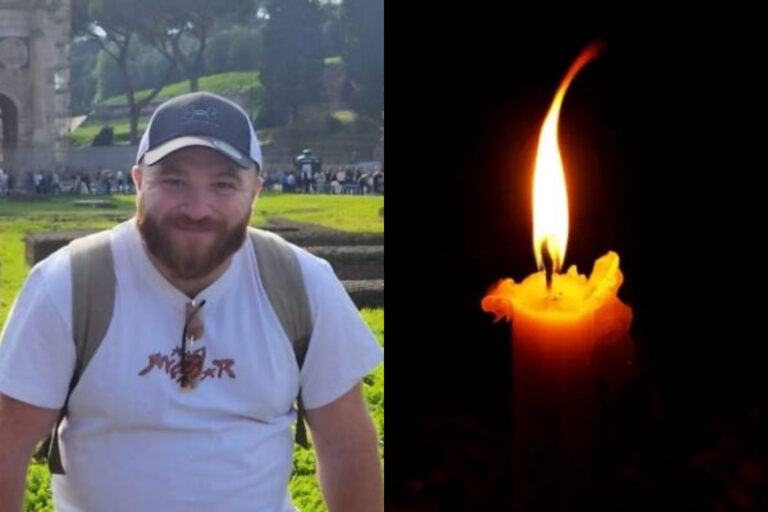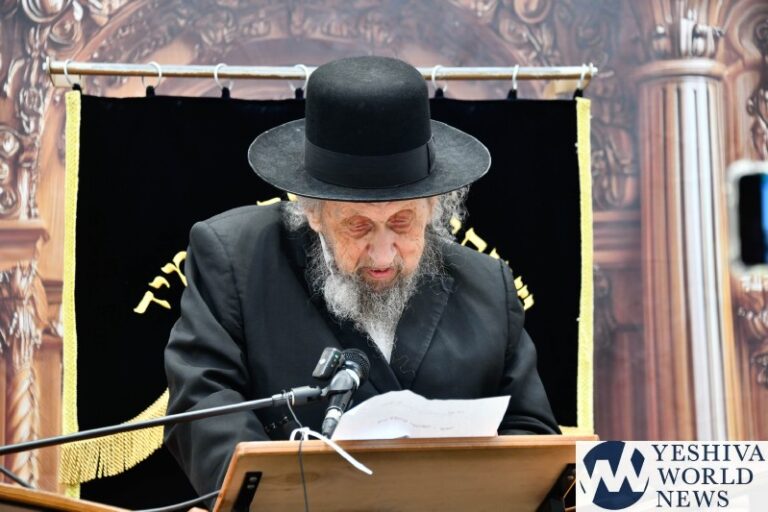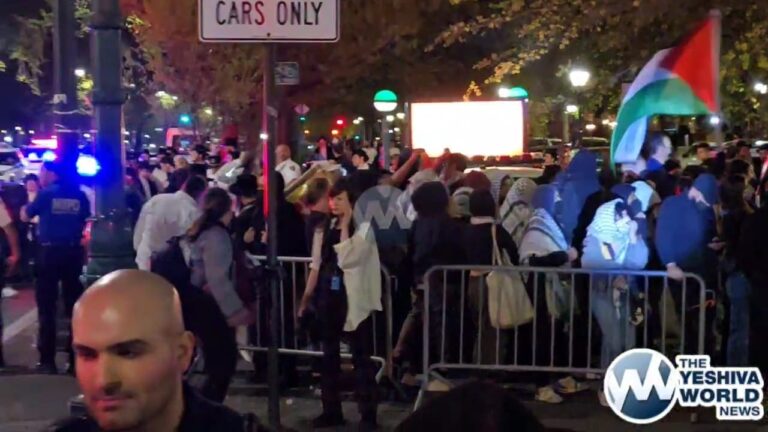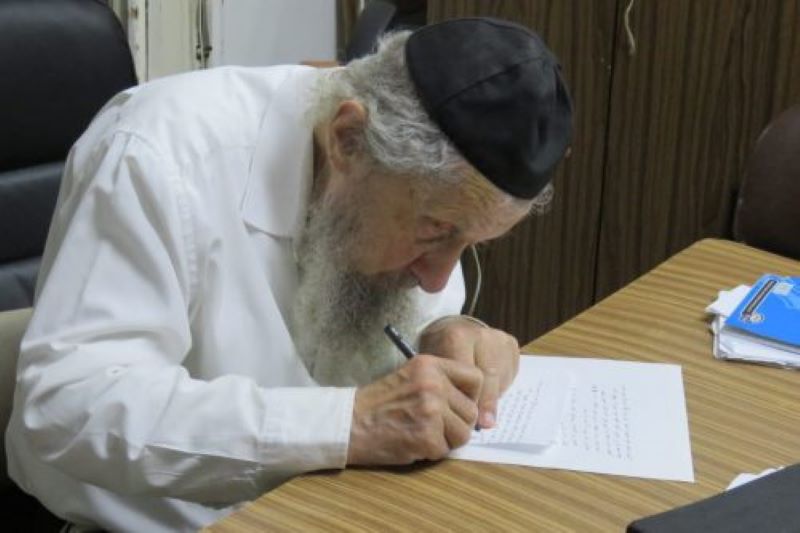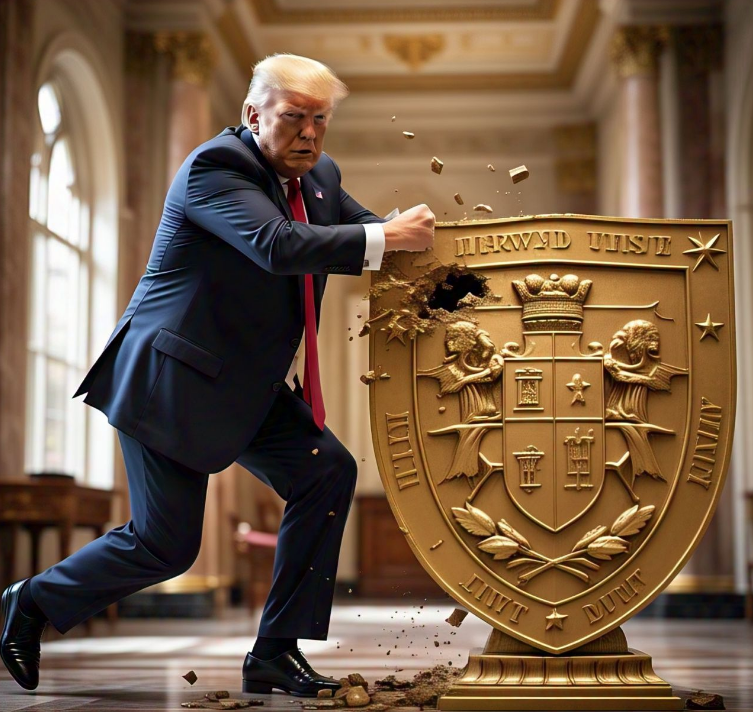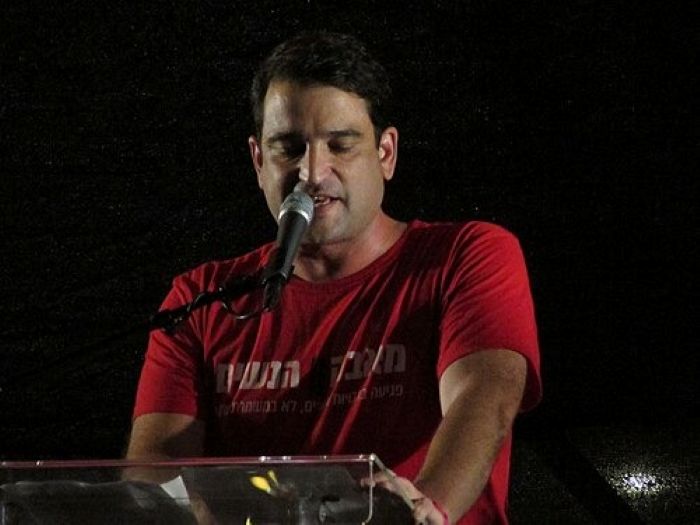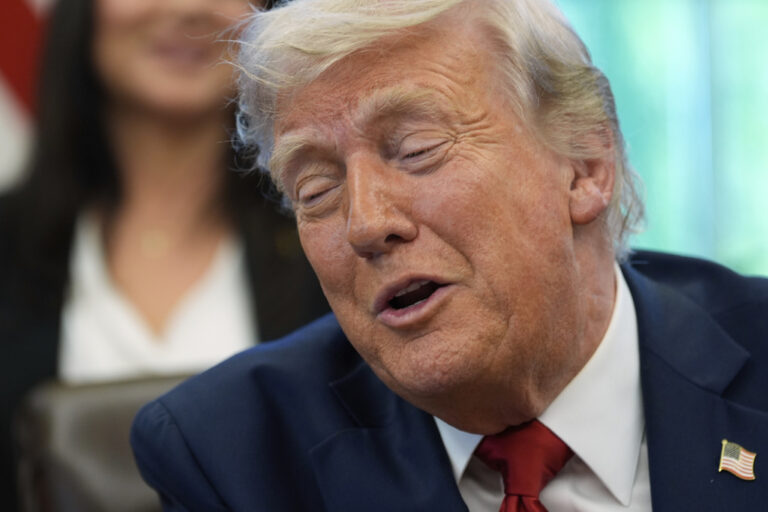President Vladimir Putin on Tuesday formally lowered the threshold for Russia’s use of its nuclear weapons, a move that follows U.S. President Joe Biden’s decision to let Ukraine strike targets inside Russian territory with American-supplied longer-range missiles.
The new doctrine allows for a potential nuclear response by Moscow even to a conventional attack on Russia by any nation that is supported by a nuclear power.
Russia’s Defense Ministry said Ukraine fired six U.S.-made ATACMS missiles early Tuesday at a military facility in Russia’s Bryansk region that borders Ukraine, adding that air defenses shot down five of them and damaged one more.
While the doctrine envisions a possible nuclear response by Russia to such a conventional strike, it is formulated broadly to avoid a firm commitment to use nuclear weapons and keep Putin’s options open.
The approval of the document demonstrates Putin’s readiness to tap his nuclear arsenal to force the West to back down as Moscow presses a slow-moving offensive in Ukraine as the war reached its 1,000th day.
Asked Tuesday if a Ukrainian attack with longer-range U.S. missiles could potentially trigger a nuclear response, Kremlin spokesman Dmitry Peskov answered affirmatively, pointing to the doctrine’s provision that holds the door open for it after a conventional strike that raises critical threats for the “sovereignty and territorial integrity: of Russia and its ally, Belarus.
Commenting on whether the updated doctrine was deliberately issued to follow Biden’s decision, Peskov said the document was published “in a timely manner” and that Putin instructed the government to update it earlier this year so that it is “in line with the current situation.”
Putin first announced changes in the nuclear doctrine in September, when he chaired a meeting discussing the proposed revisions. He has previously warned the U.S. and other NATO allies that allowing Ukraine to use Western-supplied longer-range weapons to hit Russian territory would mean that Russia and NATO are at war.
Washington has permitted Ukraine to use the longer-range weapons on targets inside Russia after declaring that thousands of North Korean troops were deployed in the Russian region of Kursk to fight an incursion by Kyiv’s forces.
British Prime Minister Keir Starmer denounced the revised nuclear doctrine as the “latest example of irresponsibility” from “the depraved Russian government,” according to spokesperson Camilla Marshall.
“Russia’s the one that continues to escalate this war, and the use of North Korean troops is just one example of that,” Marshall said. “He could remove his troops, roll back his tanks and end the onslaught and needless bloodshed in both Ukraine and Russia. … We would urge him to do so.”
The updated doctrine says an attack against Russia by a nonnuclear power with the “participation or support of a nuclear power” will be seen as their “joint attack on the Russian Federation.”
It says any massive aerial attack on Russia could trigger a nuclear response but avoids any firm commitment and mentions the “uncertainty of scale, time and place of possible use of nuclear deterrent” among the key principles of the nuclear deterrence.
The document also notes that aggression against Russia by a member of a military bloc or coalition is viewed as “an aggression by the entire bloc,” a clear reference to NATO.
At the same time, it spells out conditions for using nuclear weapons in greater detail compared with previous versions of the doctrine, noting they could be used in case of a massive air attack involving ballistic and cruise missiles, aircraft, drones and other flying vehicles.
The formulation appears to significantly broaden the triggers for possible nuclear weapons use compared with the document’s previous version, which stated Russia could tap its atomic arsenal if case of an attack with ballistic missiles.
President Alexander Lukashenko, who has ruled Belarus with an iron hand for more than 30 years and has relied on Russian subsidies and support, has allowed Russia to use his country’s territory to send troops into Ukraine and to deploy some of its tactical nuclear weapons.
Since Putin sent troops into Ukraine, he and other Russian voices have frequently threatened the West with Russia’s nuclear arsenal to discourage it from ramping up support for Kyiv.
Russian hawks called for toughening the doctrine for months, arguing the previous version failed to deter the West from increasing its aid to Ukraine and created the impression that Moscow would not resort to nuclear weapons.
(AP)

